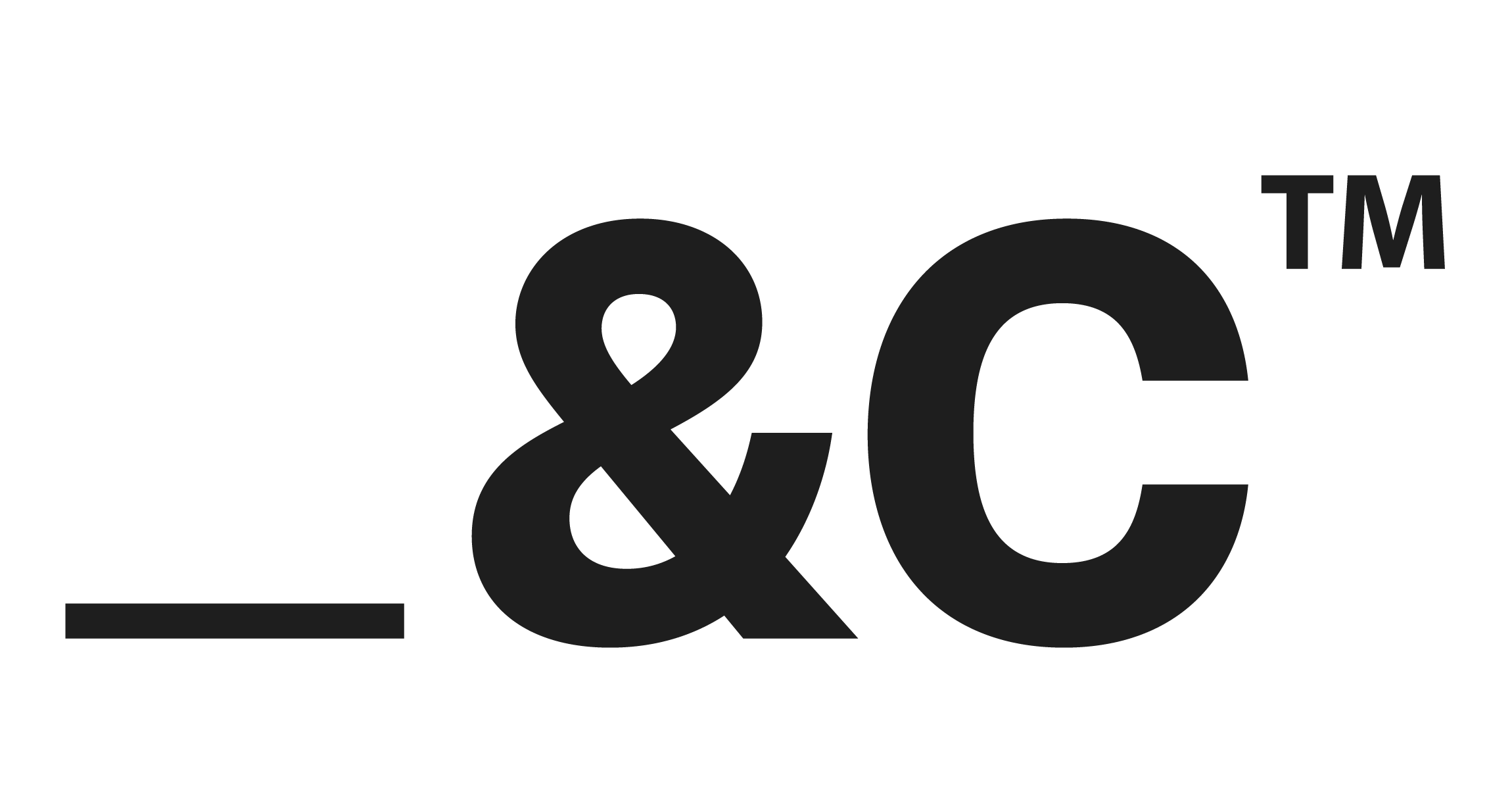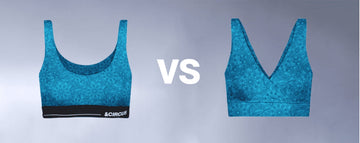Quick Listen:
Imagine walking into a store, sifting through stacks of underwear, only to find the size range abruptly ends at medium or leaps to XL, leaving no room for the in-between. For decades, this was the frustrating norm for countless shoppers whose bodies didn't fit the fashion industry's rigid molds. Today, that narrative is shifting. A powerful movement toward inclusive sizing is reshaping the innerwear market, fueled by a collective demand for diversity that brands can no longer ignore. The era of inclusive sizing has arrived, and it's challenging the industry to embrace the full spectrum of human bodies.
The underwear sector, once notorious for its limited size offerings, is in the midst of a profound transformation. Consumers are rejecting the outdated notion that one size or a narrow range fits most. From nimble startups to established giants, brands are broadening their size charts, reengineering fit, and weaving body positivity into their core ethos. Leading this charge is Tailor and Circus, a sustainable innerwear brand that pairs inclusivity with eco-conscious practices. This isn't a fleeting fad; it's a fundamental redefinition of fashion's boundaries, and it's setting a new standard for the industry.
A Growing Demand for Size Diversity
Step into any retail space today, and the signs are unmistakable: the fashion industry is confronting its long-standing size biases. Shoppers are no longer satisfied with superficial nods to diversity they want underwear that aligns with their bodies, lifestyles, and values. The global men's underwear market, valued at $37.58 billion in 2024, is on track to reach $64.32 billion by 2032, driven by a 6.95% compound annual growth rate (CAGR) and powered by the rise of e-commerce and tailored fits. Meanwhile, the combined men's underwear and women's lingerie market, worth $58.4 billion in 2024, is projected to grow to $72.3 billion by 2033, with a 2.4% CAGR. The catalyst? A surging demand for comfort, style, and, above all, inclusivity.
Social media has been a catalyst, amplifying calls for change. Platforms like Instagram and TikTok give voice to those challenging conventional beauty ideals, with influencers and consumers alike holding brands accountable for their lack of size diversity. This cultural shift is compelling action. Industry leaders like Savage X Fenty and ThirdLove have raised the bar, offering sizes from XS to 4X and beyond, while emerging brands like Tailor and Circus demonstrate that inclusivity can harmonize with sustainability. These companies aren't just selling products they're championing a vision of fashion that embraces everyone.
Technology as a Game-Changer
Behind this revolution lies a quiet but powerful force: technology. Innovations in garment design and sizing algorithms are enabling brands to craft underwear that truly fits. Consider Beyond Yoga, an athleticwear brand that expanded its offerings to include plus sizes up to 4X after collaborating with Stitch Fix, a service that leverages customer feedback to refine fit. Through rigorous wear-tests and website exit surveys, Beyond Yoga honed its sizing to meet real-world needs. Similarly, brands like Calvin Klein and MeUndies are introducing lines with moisture-wicking fabrics and sustainable materials, blending function with fashion-forward appeal.
Tailor and Circus pushes the envelope further, merging innovative design with ethical production. Their collections, crafted from sustainable materials like organic cotton and bamboo, ensure that inclusivity doesn't compromise environmental responsibility. Balancing diverse sizing with green practices is no small feat, but it's a formula that resonates deeply with today's socially conscious shoppers.
The Hurdles of Inclusive Sizing
Broadening size ranges may seem straightforward, but it's fraught with challenges. A significant obstacle is the absence of standardized sizing across brands. In the U.S., official clothing size guidelines were discontinued in 1983, resulting in a chaotic landscape where a medium in one brand might equate to a large in another. This phenomenon, known as vanity sizing, where clothes labeled with the same size grow larger over time, only deepens consumer confusion. Shoppers are left navigating a maze of inconsistent size charts, often second-guessing their purchases.
Cost is another barrier. Expanding size ranges requires more patterns, additional fabric, and larger inventories, which can stretch budgets particularly for smaller brands. Physical retail stores face their own constraints, as limited shelf space makes it difficult to stock a full spectrum of sizes. E-commerce offers a partial solution, with online sales now accounting for nearly 40% of the men's underwear and women's lingerie market. Yet, even online retailers grapple with high return rates when fits don't meet expectations.
Cultural resistance also persists. In some regions, entrenched views on body image can hinder the adoption of inclusive sizing. Still, as global awareness of personal hygiene and the athleisure trend rises, so does the demand for underwear that reflects diverse body types. Change is gradual, but the momentum is building.
The Rewards of Embracing Inclusivity
Despite these challenges, the benefits of inclusive sizing are undeniable. By catering to a wider audience, brands can unlock new markets, driving sales and fostering loyalty. The men's underwear market's projected growth to $64.32 billion by 2032 underscores this potential. Companies like Tailor and Circus are seeing the payoff, cultivating devoted followings among consumers who feel acknowledged and valued.
Inclusivity also bolsters brand identity. When Savage X Fenty debuted with sizes ranging from XS to 3X, it didn't just sell lingerie it sold a message of empowerment. That authenticity transforms customers into brand ambassadors. Pairing inclusivity with sustainability, as Tailor and Circus does with its eco-friendly materials, creates a compelling narrative for a generation that prioritizes purposeful shopping. The underwear market as a whole is expected to grow at an 8% CAGR from 2024 to 2031, driven by rising disposable incomes, hygiene awareness, and the athleisure trend.
The Future of Inclusive Sizing
What lies ahead for the underwear industry? Experts forecast that inclusive sizing will continue to expand, propelled by technological advancements and consumer expectations. Within the next decade, AI-driven fit predictors and 3D body scanning could make custom-fit underwear commonplace, streamlining the shopping experience. The market's projected growth to $72.3 billion by 2033 for men's underwear and women's lingerie signals a future where inclusivity is not an exception but the norm.
For brands, the imperative is clear: evolve or risk obsolescence. Tailor and Circus is already setting the pace, proving that inclusivity and sustainability are not mutually exclusive. Yet this movement extends beyond any single company it's about an industry recognizing its responsibility to reflect the world it serves. As consumers, we wield the power to demand more, choosing brands that mirror our values and bodies.
The next time you shop for underwear, pause to check the size labels. Do they offer diversity? Do they tell a story of inclusion? The answers may reveal how far the industry has come and how much further it must go to truly fit us all.
Disclaimer: The above helpful resources content contains personal opinions and experiences. The information provided is for general knowledge and does not constitute professional advice.
You may also be interested in: Underwear for Gender-Neutral and Non-Binary Individuals: Inclusive
Uncomfortable underwear shouldn't steal your confidence. At Andcircus, we craft ultra-soft, sustainable Lenzing Modal Micro innerwear for every body, XS to 5XL. From briefs to bras, our custom packs fit you perfectly. Shop risk-free with our 100% satisfaction guarantee and embrace comfort that includes everyone. #LoveEveryBody. Shop Now!







































